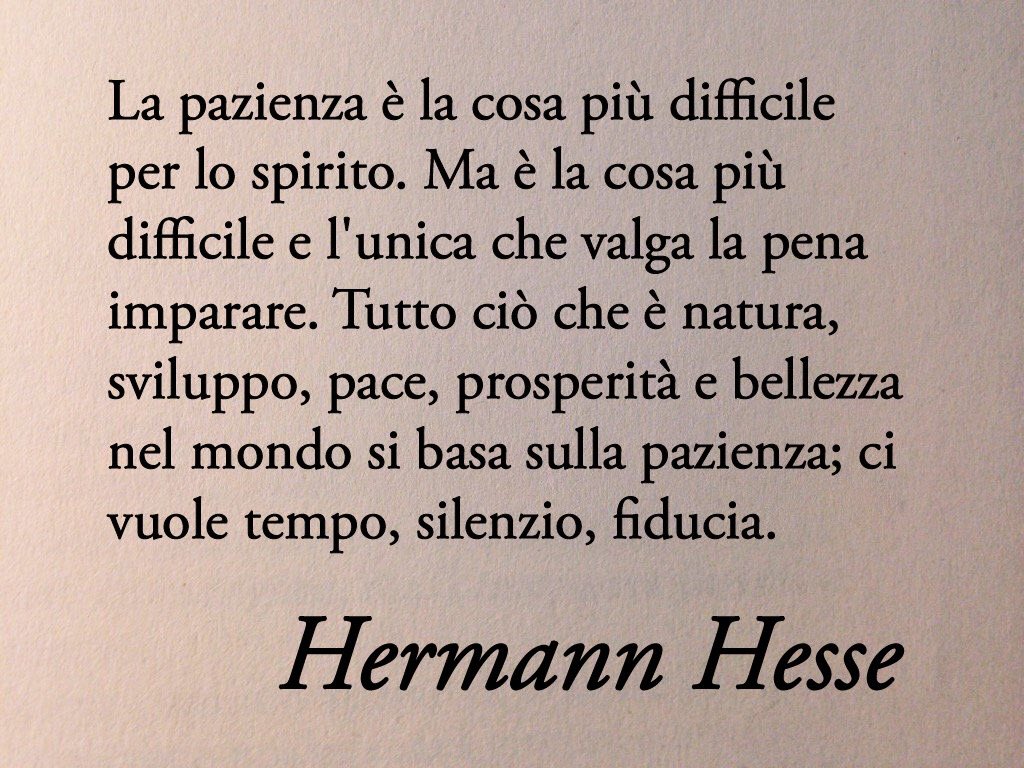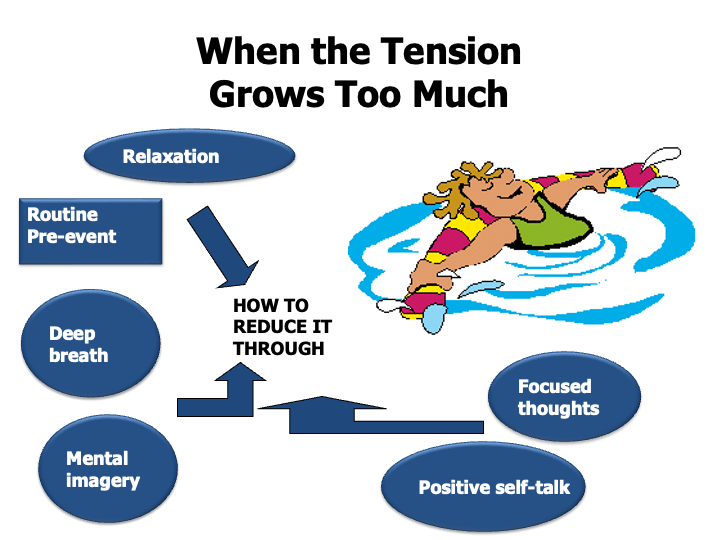Global Changes in Child and Adolescent Physical Activity During the COVID-19 Pandemic. A Systematic Review and Meta-analysis
Ross D. Neville, Kimberley D. Lakes,Will G. Hopkins, Giampiero Tarantino, Catherine E. Draper, Rosemary Beck, Sheri Madigan.
JAMA Pediatr. Published online July 11, 2022.
This meta-analysis provides timely estimates of changes in child and adolescent physical activity during the COVID-19 pandemic. By pooling estimates across 22 studies from a range of global settings that included 14 216 participants, we demonstrated that the duration of engagement in total daily physical activity decreased by 20%, irrespective of prepandemic baseline levels. Through moderation analysis, we showed that this reduction was larger for physical activity at higher intensities. Specifically, the average reduction in moderate-to-vigorous physical activity per day during COVID-19 (17 minutes) represents a reduction of almost one-third of the daily dose of moderate-to-vigorous physical activity recommended for young children (~3-5 years) and school-going children and adolescents (~5-18 years) to promote good physical health and psychosocial functioning.
We found that longer durations between pre- and post-assessment were associated with larger reductions in physical activity. It is possible that the cumulative toll of the pandemic has compounded over time to negatively affect children and adolescents,63 including their levels of physical activity. This aligns with a recent meta-analysis on youth mental health,18 which found that the prevalence of depressive and anxiety symptoms increased across time during the pandemic. The temporal aspect of our findings is also broadly in line with research on the psychology of habit,64,65 which suggests that habits are contingent on the types of stability cues that have been significantly disrupted during the pandemic. Most of the known multicomponent, family, social, and community support mechanisms of child and adolescent physical activity66 were unavailable during COVID-19. This undoubtedly created a “perfect storm” for habit discontinuity65 in the context of child and adolescent physical activity.67 Research has also shown that young children with consistent access and permission to use outdoor spaces during COVID-19 had better physical activity outcomes.50 These children exhibited smaller reductions in moderate-to-vigorous physical activity and were approximately 2 times more likely to meet physical activity guidelines during COVID-19. Taken together, changes in restrictions and the unpredictability of access to typical physical activity outlets for children and adolescents have likely contributed to changes in their physical activity levels and to greater engagement in displacement activities (eg, screen time12) that risk promoting an increasingly sedentary “new normal.”68
We found that reductions in physical activity during the pandemic were larger for samples at higher latitudes, corresponding to regions of the globe where restrictions coincided with a seasonal transition into the summer months. This finding is consistent with prepandemic data showing that unstructured summer days during school holidays can have negative associations with both academic and physical health behaviors,69-71 often referred to as the “summer slide.”72 A recent estimate of such a summertime reduction of moderate-to-vigorous physical activity of 11.4 minutes69 is substantially lower (~ 50%) than the pooled estimate from our meta-analysis, however. This suggests a substantial intensification during the pandemic of the usual summer slide into physical inactivity,70 which warrants particular attention from policy makers seeking to help children “sit less and play more,”73 as targeted initiatives will be needed as children emerge into the summer months.
There is an urgent need for public health initiatives to revive young people’s interest in, and support their demand for, physical activity during and beyond the COVID-19 pandemic. In terms of practice implications, research on physical activity promotion and maintenance during childhood consistently shows that multicomponent, multimodal, and multioutcome interventions work best.7,66 Therefore, public health campaigns can have greater effect if they are child-centered, target a variety of physical activity modalities, and incorporate the family unit and wider community as co-constructors of lasting physical activity behavior change.







